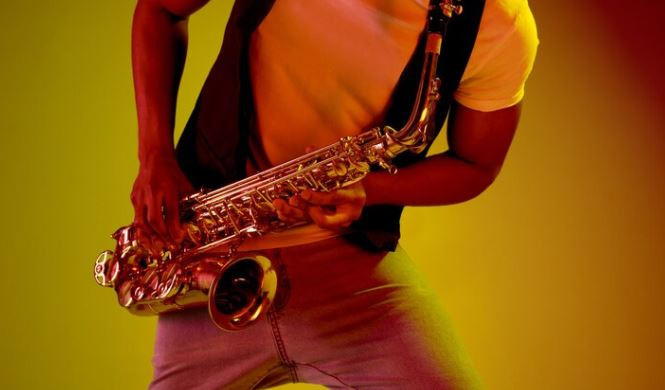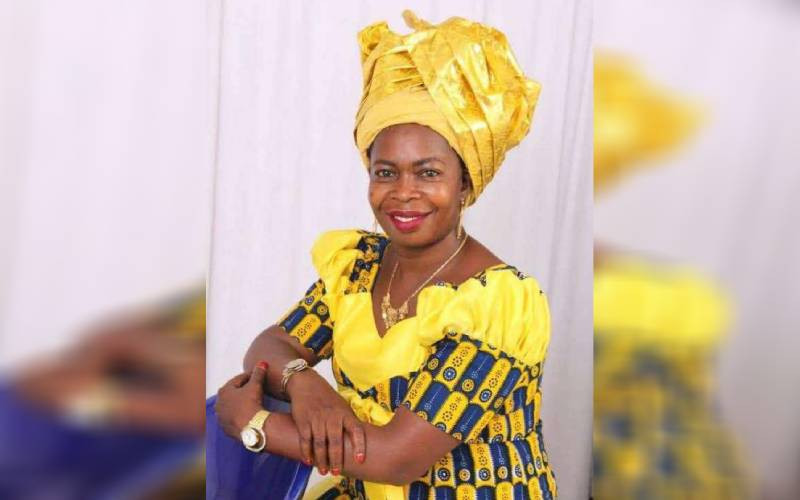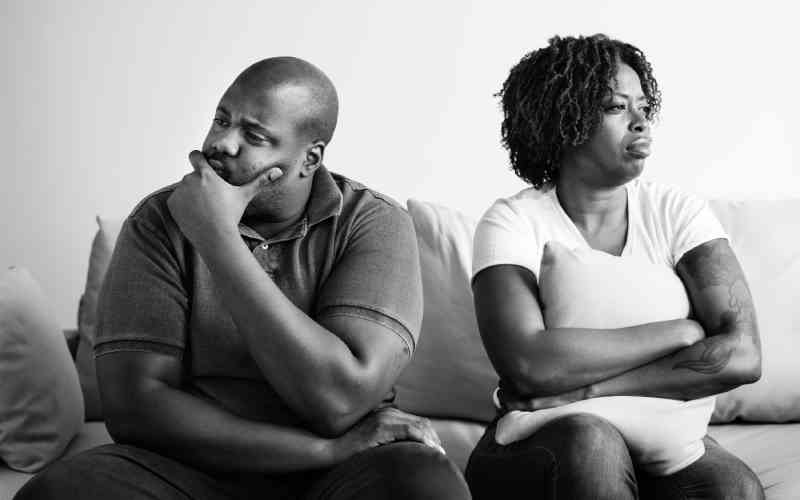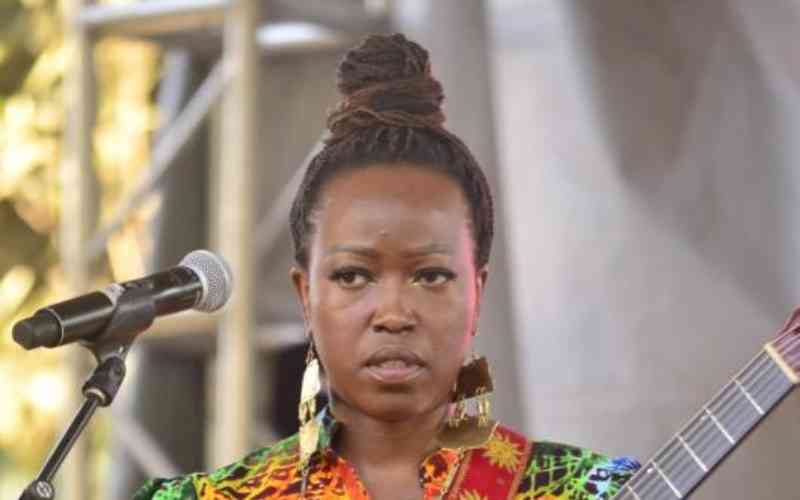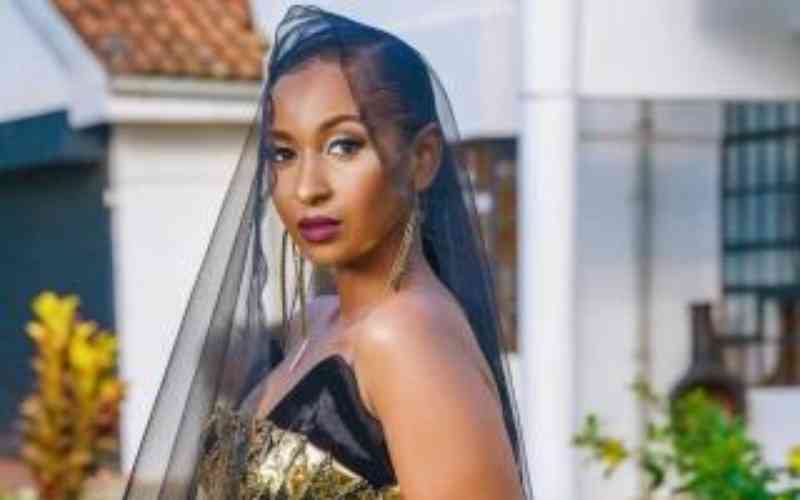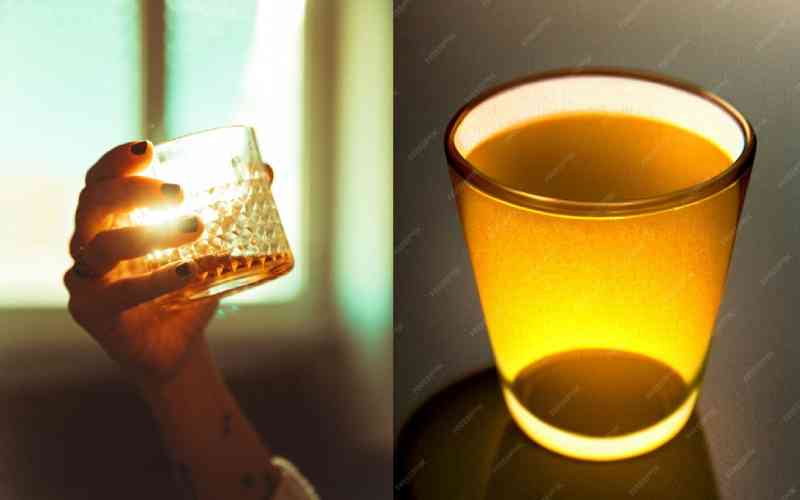The health of Africans in the colonial era was not given much attention. It only became an issue if an epidemic broke out. Africans relied on 'native hospitals', and the personnel underwent a three-month course before deployment. They only treated out-patient cases and referred serious cases to dispensaries.
Dispensaries offered inpatient and outpatient services and were led by an indigenous Kenyan known as a 'medical resident assistant'. A European Medical Officer (MO) would make regular scheduled visits to these dispensaries.
The Native Civil Hospital was built in 1900. In 1908, it had 45 beds, but served 712 in-patients and 6,425 outpatients for that year. In 1939, a new wing with 300 beds was put up and the Ismail Rahimtula wing was also put up for Asians.
The two world wars forced the colonial government to scale up the hospital to cater for casualties.
In 1952, Princess Elizabeth was on holiday in Kenya when she learned of the death of her father King George IV. The hospital was then renamed King George VI Hospital in February 1952 in his honour. It was renamed Kenyatta National Hospital (KNH) in 1964.

The growth of KNH was driven by the world wars. From an initial 40 beds, war casualties saw capacity shoot to 300 beds during World War II.
In the mid-1940s, the colonial government put health care for indigenous Kenyans as a priority and established health centres throughout the colony. They also had a plan to set up a larger medical training school. The colonial government offered medical services for free.
Mathari National Teaching and Referral Hospital, set up in 1910, was the only psychiatric hospital in the region for a long time. It was initially a smallpox isolation centre which was later redesigned into Nairobi Lunatic Asylum. It had segregated facilities for Europeans, Asians and Africans with Africans getting the worst conditions in compounds called "bomas". Africans constituted 95 per cent of the patients. Controversial prophet Elijah Masinde was once kept there.
- Relinquish Margaret Kenyatta Hospital to KNH, Kariobangi residents urge county
- Lions Club enhances paediatric cancer care at KNH
- Untapped potential: Unlocking Kenya's medical tourism future
- Integrate quality improvement in medical training
Keep Reading
For Gertrude
Controversial colonial settler Col. Ewart Scot Grogan lost his wife Gertrude in 1943. Grogan donated his Muthaiga House for Gertrude's Garden Children's Hospital in her honour. The hospital opened its doors to children in 1947.
In 1957, the Infectious Disease wing which is now IDH on Raila Odinga Way was set up. The British Military Hospital in Kabete was a specialized unit for orthopedic care. The Orthopedic Unit was later moved to Kenyatta Hospital and the Kabete Unit handed back to the military, this is where a new hospital is coming up for the military opposite ABC Place on Waiyaki Way.
Pumwani Hospital was first mooted as a children's home by East African Women League which was formed in 1917. Sir Edward Grigg was the governor and his wife Lady Grigg added the idea of a hospital and a medical training centre to the children's' home. There were no funds for the project but Lady Grigg and her Lady Grigg Child Welfare and Maternity League rallied EAWL to raise money and the project was actualised.
Pumwani Maternity Hospital got its name from the Kiswahili word - pumueni, which means breathe. It is a common instruction for women during labour. The Hospital was founded in 1926 but named Lady Grigg Maternity. It was taken over by Nairobi Municipal Council in 1944 and renamed Pumwani Hospital. They increased the capacity to 75 beds.

The Nairobi Hospital initially called The European Hospital was mooted by white settlers. They felt that King George VI Hospital could not hold the influx of white settlers after the Second World War. The reality could be they realised that the hospital was open to all and sundry. This led to the formation of The Kenya European Hospital Association in 1950. Its main objective was to improve medical services for Europeans. The association's first chairman was Rudolf Anderson. In 1952, the association acquired the Old Polo Grounds where Nairobi Hospital stands to date. The hospital opened its doors in 1954 as the European Hospital and in 1956, Cicely McDonnell School of Nursing was established.
 The Standard Group Plc is a multi-media organization with investments in media platforms spanning newspaper print
operations, television, radio broadcasting, digital and online services. The Standard Group is recognized as a
leading multi-media house in Kenya with a key influence in matters of national and international interest.
The Standard Group Plc is a multi-media organization with investments in media platforms spanning newspaper print
operations, television, radio broadcasting, digital and online services. The Standard Group is recognized as a
leading multi-media house in Kenya with a key influence in matters of national and international interest.

